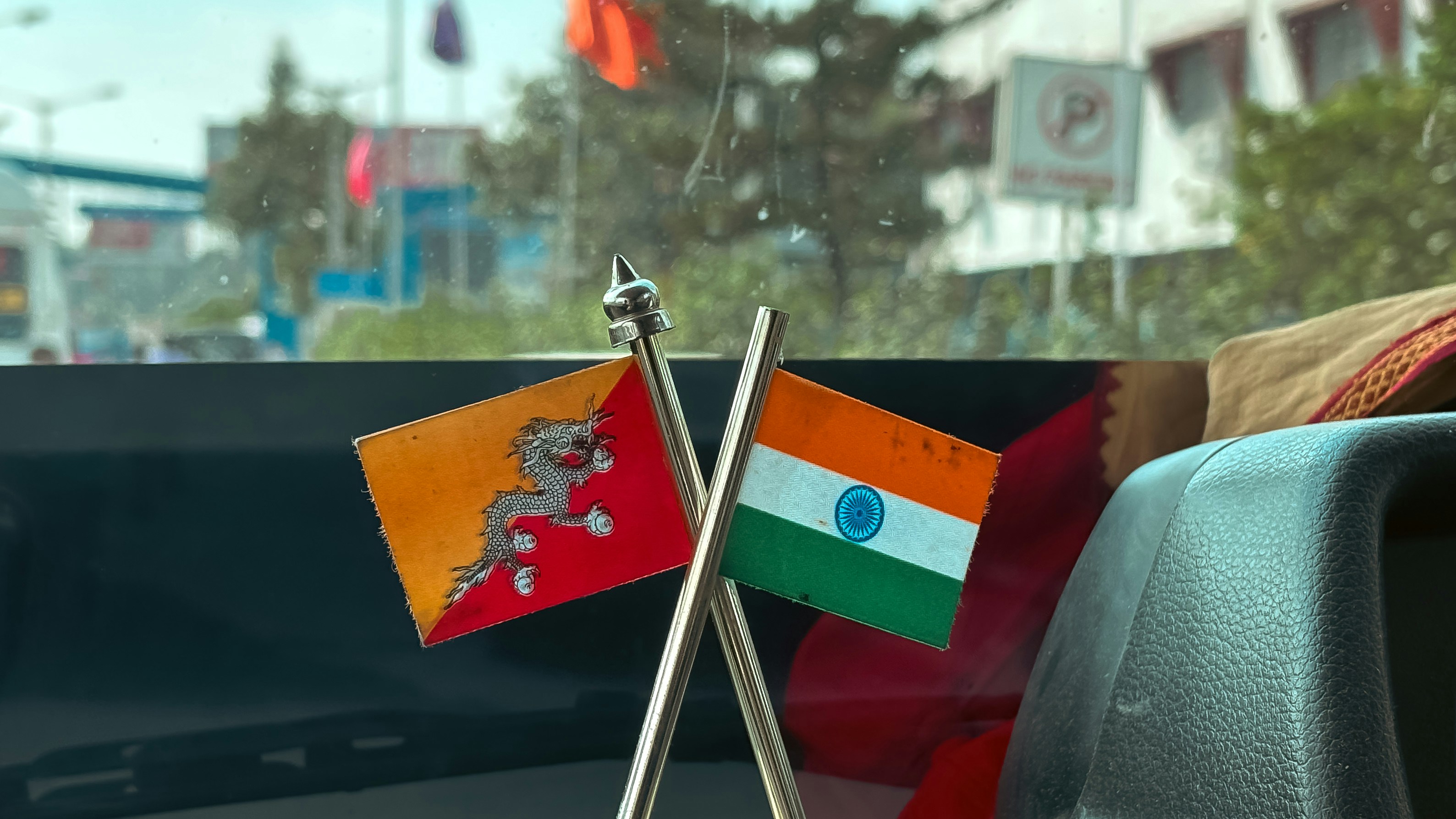Why Peace Agreements Still Matter
Peace agreements aren’t just paperwork. When done right, they’re tools of disarmament, diplomacy, and structure. They mark the shift from chaos to some kind of order laying the groundwork for societies to rebuild and function. Whether it’s a brief ceasefire or a multi year treaty backed by international observers, formal agreements usually help reduce violence, at least in the short term.
But peace is never one dimensional. These agreements work on several levels. They’re symbolic signaling a commitment to stop fighting. They’re strategic buying time for diplomacy to kick in. And they’re economic restoring markets, reopening borders, and drawing foreign investment that relies on even a thin layer of stability.
That said, not all agreements carry the same weight. Ceasefires are quick fix bandages a pause in active conflict without fixing underlying hostilities. Long term treaties, on the other hand, try to tackle root causes with clear terms: disarmament steps, power sharing models, timelines, and enforcement mechanisms. Their global impact depends on sustained commitment, both from internal actors and international partners.
Bottom line peace agreements matter because they create space. Space to breathe, to plan, to rebuild. In a world where conflict evolves fast, that space is everything.
Patterns from Past Agreements
Understanding how historical peace agreements have shaped international relations can offer valuable insights into why some treaties succeed while others fail. Patterns from the past highlight both strategic triumphs and cautionary tales that inform how modern diplomacy is conducted.
Cold War Era Treaties: Lessons in Deterrence
During the Cold War, peace agreements functioned as tools of controlled tension rather than pure reconciliation. These treaties often emphasized nuclear deterrence and balance of power.
Strategic Arms Limitation Talks (SALT) and Treaties like START focused on limiting nuclear proliferation, framing peace as managed risk rather than resolution.
These agreements set precedents for transparency through inspections and mutual verification.
While they did not eliminate rivalry, they prevented escalation and established diplomatic norms still referenced today.
Post Genocide Accords: Rebuilding Trust and Institutions
In the aftermath of humanitarian crises and genocide, peace agreements take on a different role: reconstruction.
Agreements like the Arusha Accords in Rwanda or the Dayton Agreement for Bosnia were tools to transition from violence to sovereignty.
These treaties often paired ceasefire terms with frameworks for institutional reform, justice mechanisms, and international oversight.
Restoring trust went beyond ending violence it involved laying a foundation for civil society, governance, and reconciliation.
The Crucial Role of Implementation
While negotiation grabs headlines, the success of any peace agreement ultimately depends on how it is implemented often over years or even decades.
Strong documentation means little without consistent enforcement and follow through.
Delayed or selective implementation can reignite tensions, sometimes worse than before.
Sustainable peace requires commitment not just from governments, but from international partners and civil society.
Key takeaway: The presence of a peace agreement is only the beginning. Its real power lies in long term compliance, trust building, and adaptability to evolving conditions.
Case Study: Middle East Diplomacy

A Closer Look: Real World Impact of a Recent Peace Agreement
A recent peace agreement in the Middle East has demonstrated how diplomacy can influence broader regional dynamics not just within the signatory countries, but across neighboring states and alliances. The effects go beyond symbolic gestures, playing out in trade relationships, demographics, and geopolitical networks.
Regional Ripple Effects
The consequences of this agreement have rippled across multiple sectors:
Trade Expansion: Improved diplomatic relations have opened new trade routes and increased cross border investments, especially in energy and infrastructure.
Migration Shifts: The easing of tensions has led to more stable migration flows, with fewer refugees displaced by violence and more returnees settling back into previously volatile areas.
Security Collaboration: Shared intelligence and joint training efforts have emerged between former adversaries, enhancing regional security.
Redrawing Political Alliances
The agreement is also reshaping the strategic alliances in the region:
New Diplomatic Ties: Countries that once stood at odds are now engaging in regular diplomatic dialogues, leading to more balanced foreign policy positions.
Impact on Power Blocs: The shift is influencing larger regional blocs, prompting recalculations from long standing powers regarding their involvement and interests.
Global Implications: As stability grows, international actors both governmental and private are reassessing their commitments and investments in the region.
This case underscores that peace agreements are not isolated events they set in motion a cascade of systemic changes that can reconfigure the political and economic landscape regionally and globally.
Challenges that Undermine Peace Deals
Even the most carefully negotiated peace agreements can fail if critical challenges are not addressed. History shows that formal signatures are only the beginning true peace depends on consistent implementation and resilient systems that support long term cooperation.
Weak Enforcement and Limited Political Will
Peace deals often fall apart when there are:
No credible enforcement mechanisms to hold parties accountable
Inconsistent follow through by international actors or peacekeeping missions
Shifting political agendas, especially after changes in leadership or governance structure
Without consequences for violations or incentives for compliance, agreements lose their weight quickly.
External Interference and Geopolitical Competition
Peace agreements can be undermined by actors not directly involved in the negotiation:
Proxy wars where external powers arm or fund opposing factions
Shifting global alliances that influence local conflicts
Hidden agendas from regional players seeking influence rather than peace
These external factors not only destabilize the agreement itself but also hinder trust among domestic parties.
Fragile Institutions and Internal Dissent
States emerging from conflict often face internal instability and weakened governance:
Poorly functioning institutions make it hard to deliver peace dividends, like services and security
Internal opposition groups may reject the terms of the deal or seek to disrupt it
Lack of inclusive dialogue leads to divisions that grow over time
When citizens feel excluded or disillusioned, peace becomes more vulnerable to rupture from within.
Addressing these challenges requires more than diplomatic signatures it demands comprehensive planning, power sharing structures, and long term international support.
What Makes Peace Durable
Peace agreements are meaningless if they’re written by a select few behind closed doors. Inclusive negotiation processes bringing in not just governments, but civil society groups, women’s organizations, and minority voices are the backbone of lasting peace. When people feel represented at the table, they’re far more likely to support and defend the results.
Beyond the politics, economics plays a quiet but powerful role. When countries depend on each other for trade, energy, or labor, conflict becomes costly. Economic interdependence doesn’t guarantee peace, but it does raise the stakes for breaking it. Vested interests in regional stability can push governments to cooperate when political motivations waver.
And the work doesn’t stop after the ink dries. Multilateral engagement ongoing coordination with allies, institutions, and watchdogs keeps pressure and accountability in place. It turns a one time agreement into a process. Without that continued oversight and cooperation, deals stall, and old tensions creep back in. Durability comes from follow through, not fanfare.
Final Takeaways on Stability and Global Cooperation
Peace Agreements: Frameworks, Not Guarantees
Peace agreements are not a cure all. They cannot eliminate conflict on their own, nor do they always ensure long term harmony. What they do offer, however, is a foundational framework a starting point for sustained diplomatic, political, and economic engagement.
Treaties serve as roadmaps, not endpoints
Their value lies in structure, accountability, and mutual expectations
Beyond the Handshake: Ongoing Commitment
The signing of a peace agreement is symbolic, but the real work begins afterward. Without mechanisms for implementation and follow through, even the most promising agreement can falter.
Peacebuilding is a process, not a singular event
Trust, collaboration, and institutional support must follow the initial signing
Key components: monitoring bodies, adaptable terms, community involvement
The Hidden Driver: Long Term Collaboration
One often overlooked element in sustaining peace is the breadth of cooperation involved after a deal is struck. Governments, NGOs, international bodies, and civil society must stay engaged for peace to endure.
Multilateral investment and coordinated development efforts build momentum
External support must respect local ownership and adapt to changing realities
Conflict prevention requires just as much attention as conflict resolution
A Real World Lens
To understand how a peace agreement can transform a region, examine its ripple effects over time. For instance, this historic Middle East peace agreement demonstrates how diplomacy, when backed by strategic follow through, can shift regional dynamics.
Peace is never static; it’s something shaped, tested, and reinforced with time.



